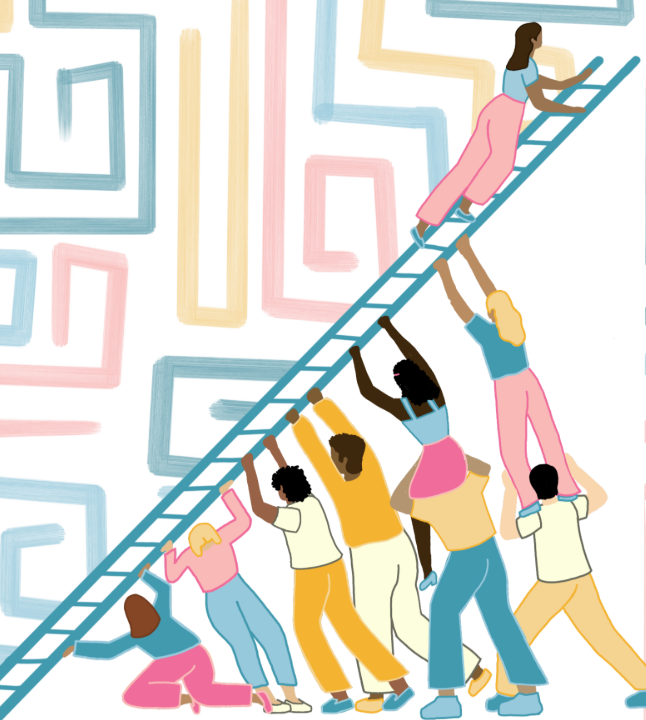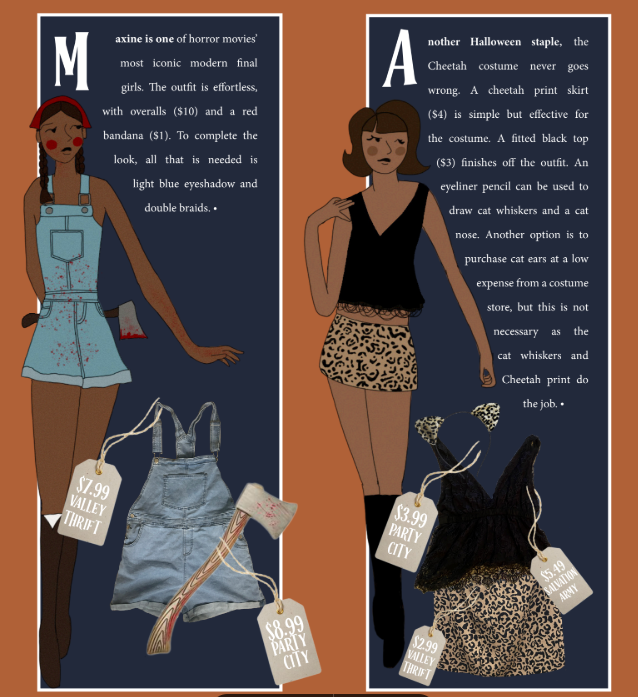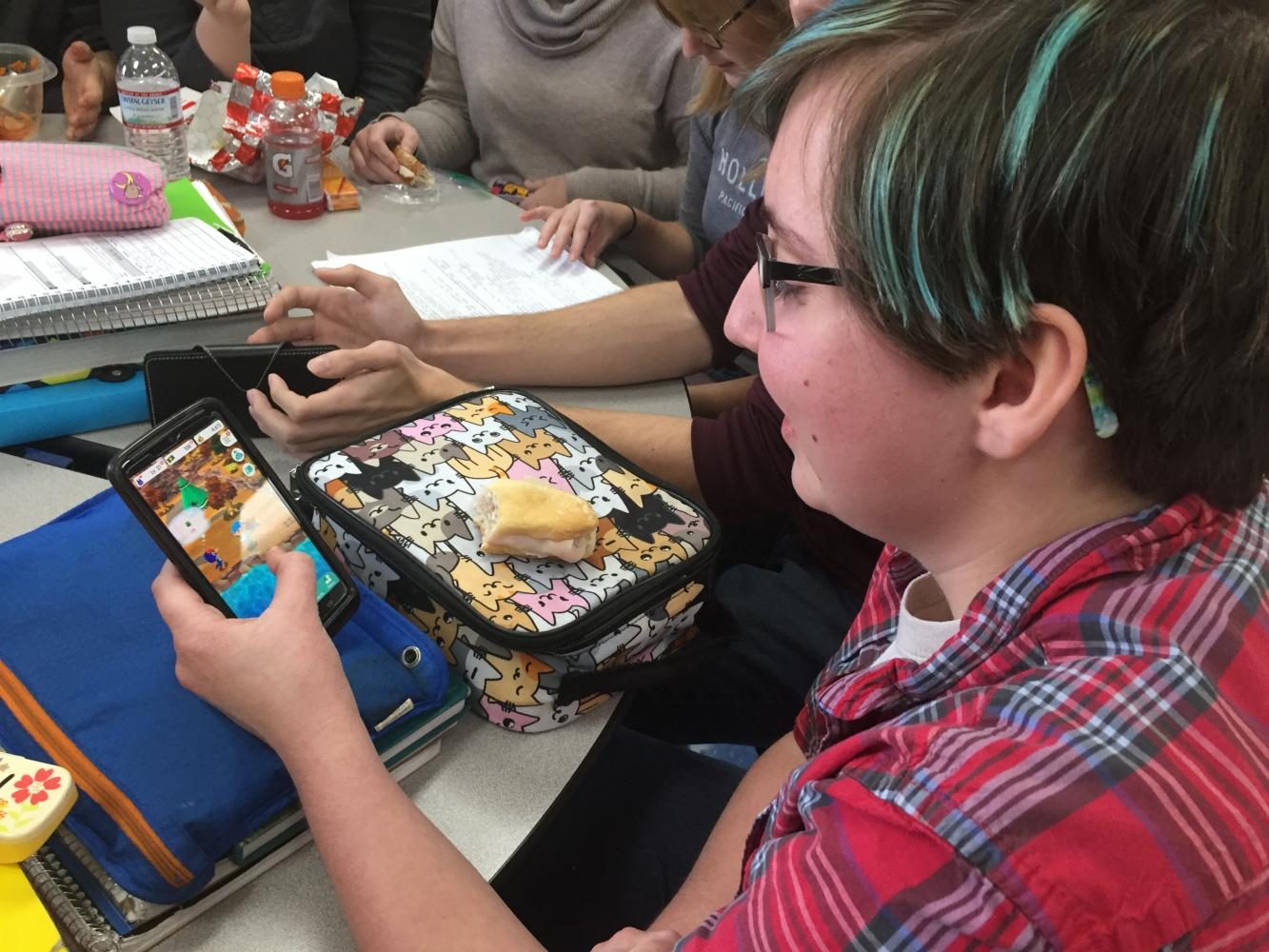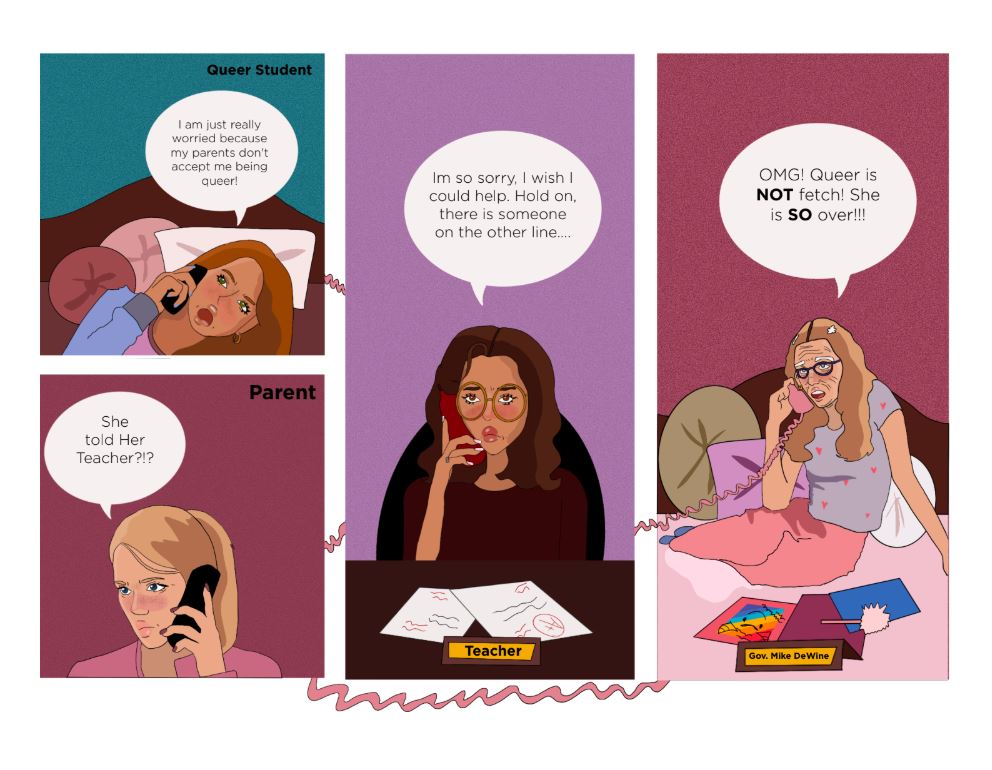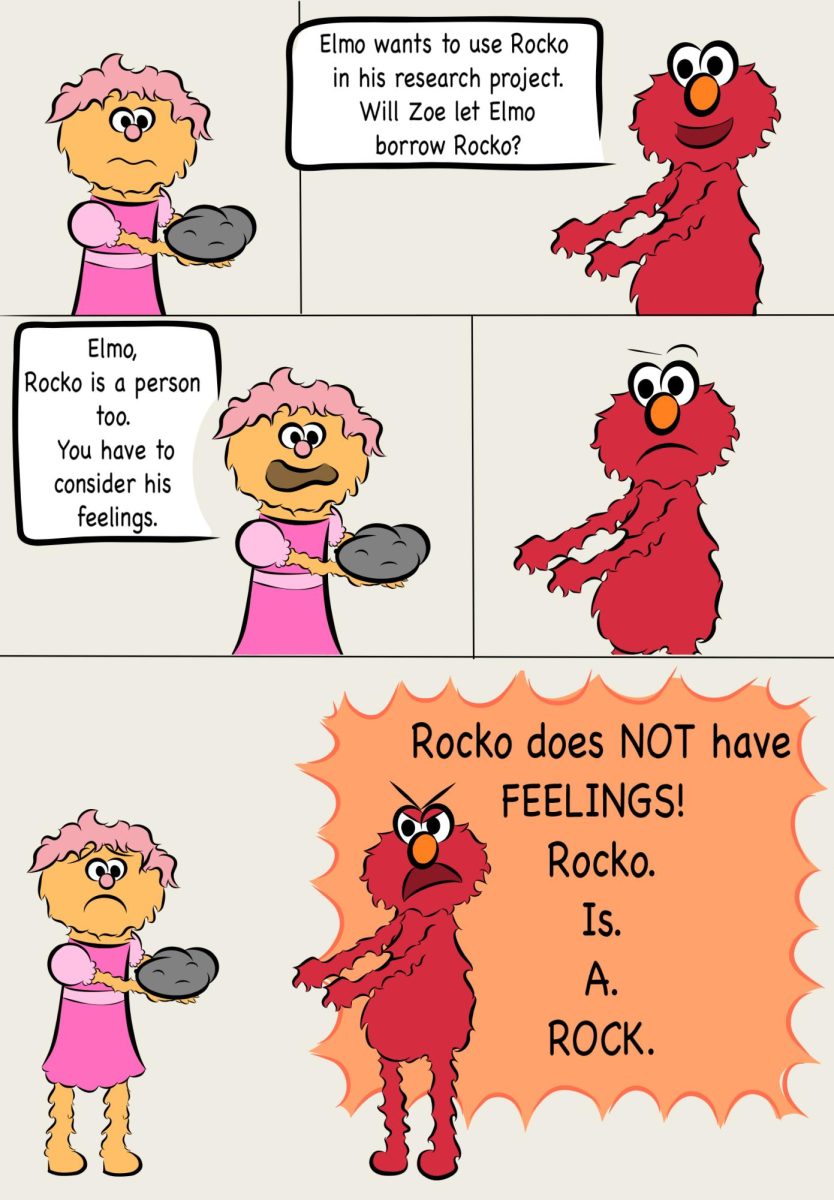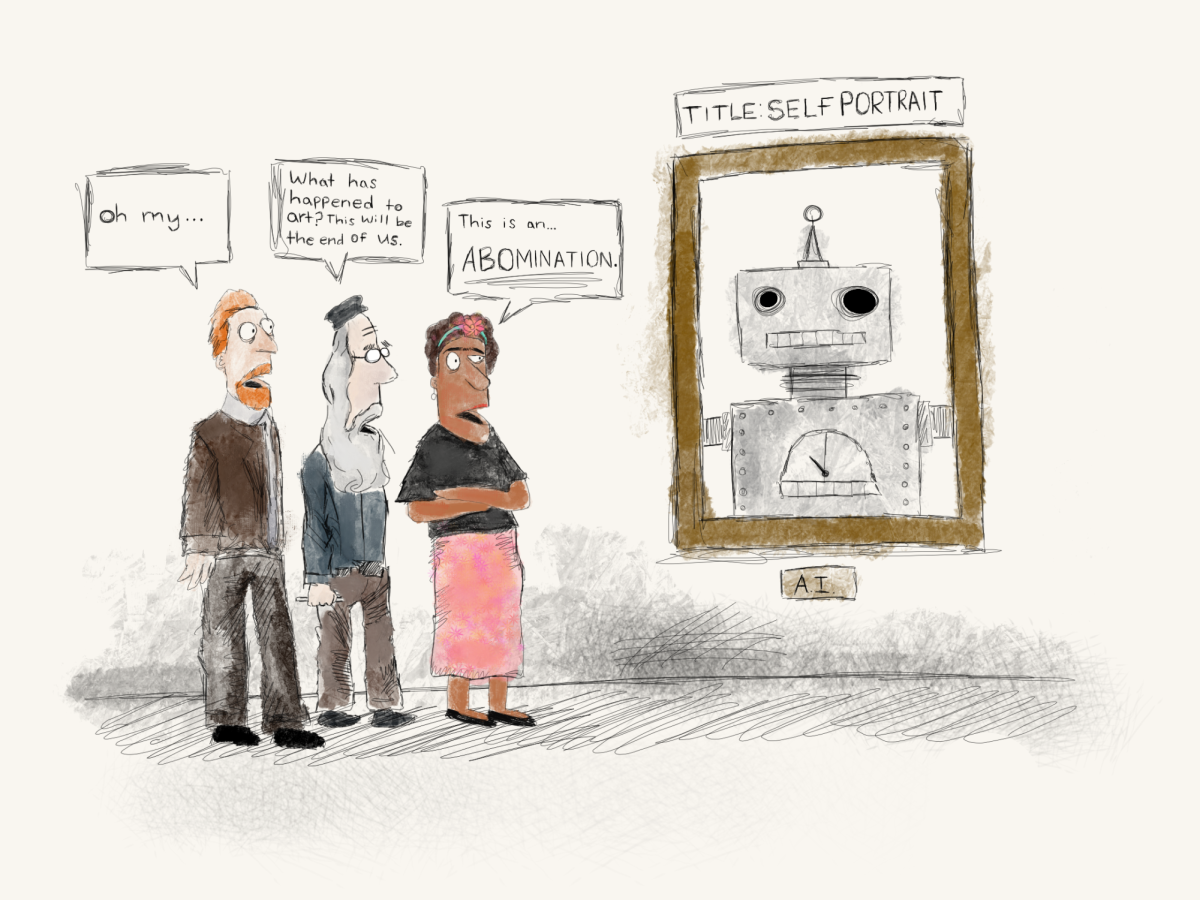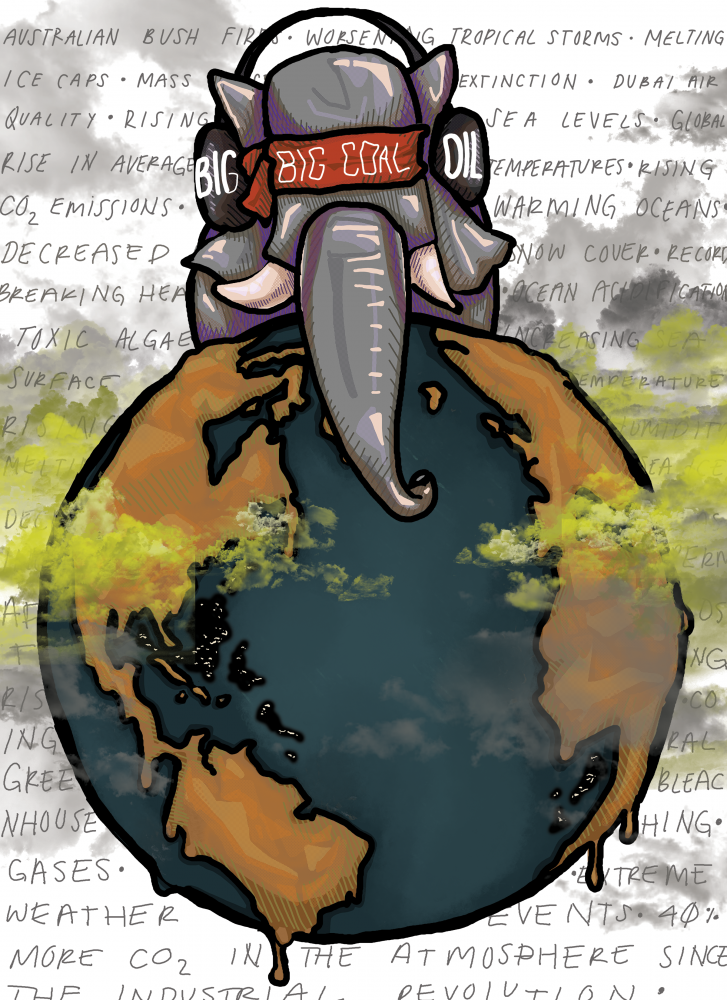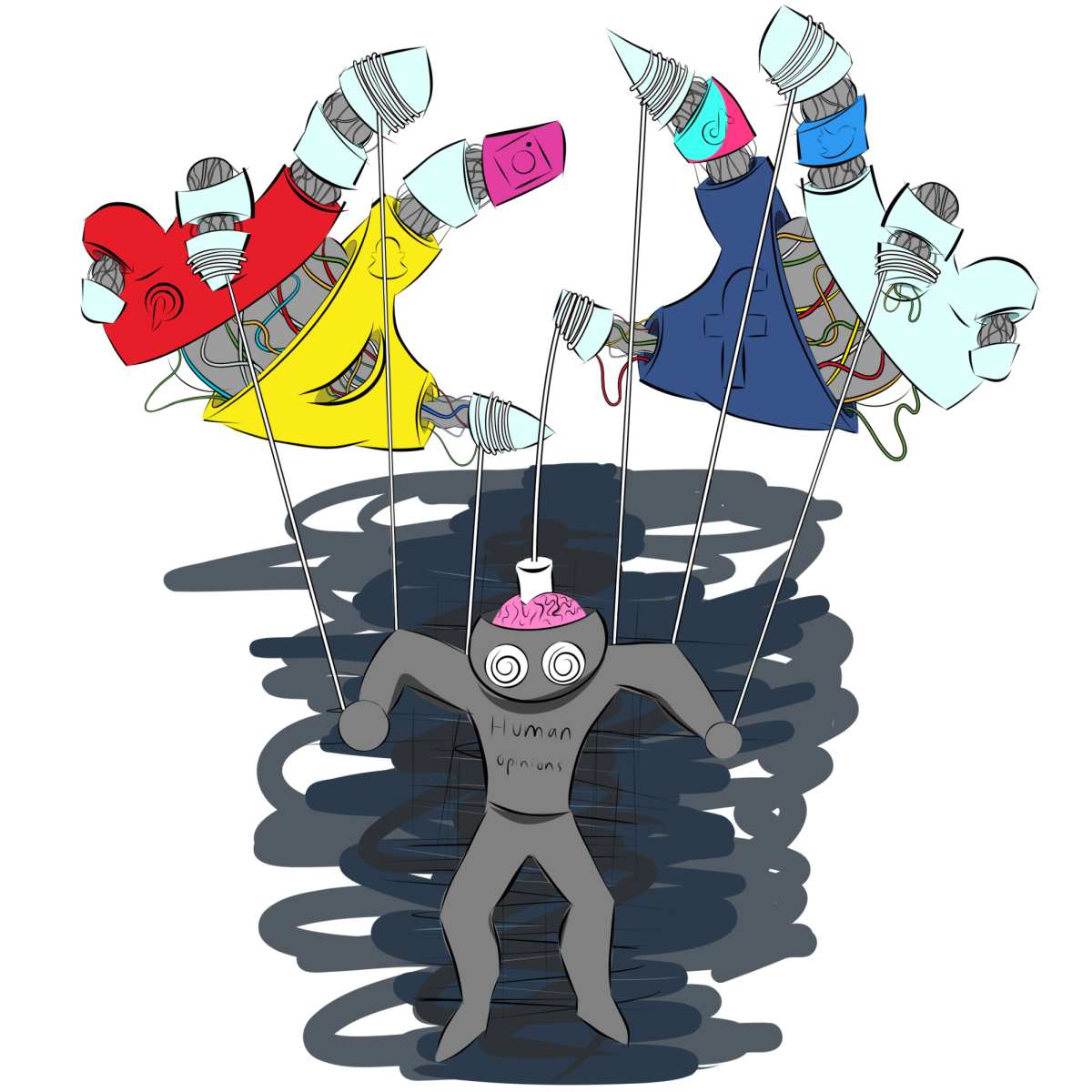Puppets are models of people or animals that can be moved and manipulated by strings, wands, or simply one’s hand. Dated back to the 5th century B.C., puppets were essential to Ancient Greek theater. There are plenty of puppets in society today too, but in this instance the term ‘puppet’ is referring to a person, group, or power that is under the control of another person, group, or power.
Social media creates puppets out of normal, everyday people because they are easily manipulated to cause the formation of uneducated opinions based on incorrect facts and bias. ‘Fake news’ is objectively false information that impersonates true news in order to damage the reputation of a person or brand, or overall change one’s beliefs about a certain topic. This type of news misleads the reader into forming a fallacious opinion. According to the National Center for State Courts, 64% of adults found that fake news caused confusion about basic facts. On top of that, 23% of adults surveyed shared that they have unknowingly shared fake news to others.
The rapid spread of false information is prominently caused by social media platforms, such as Instagram, Facebook, and TikTok due to the easily accessible ‘like’ and ‘share’ buttons. The cause of the spreading, as described by the U.S. Pirg Education Fund, is the interesting, fake stories are more simulating and interacted with compared to the boring, true facts causing the fake news to be pushed through the algorithm to people’s feeds. Social media has been utilized to manipulate audiences and their opinions without proper education behind the topics due to an increase of fake news.
According to the University of Maryland publication, “The Elm,” opinions and beliefs caused by false information are very dangerous and sometimes malicious. These fabrications cause a change in beliefs, which then affects one’s behavior. This cycle causes a puppet-adjacent effect because of the lack of individual thinking.
Although the task is easier said than done, one can prevent being a victim of fake news. Explained by “The Elm”, checking the trustworthiness of one’s sources and the author ‘s credibility. Established and highly revered news outlets are comparatively less likely to publish false news than an at-home blog. After seeing a story, one should perform a ‘fact check,’ where one takes two stories on the same topic and compares the facts and statistics to ensure validity in the statements.
The fake news epidemic has affected society’s personal opinions, and social media is a leading cause in the spread of false information. Uneducated opinions and the resulting behaviors decrease original thinking and cause one to be manipulated much like a puppet. Unlike a puppet, by protecting one’s beliefs from fake news, one cuts the strings tying them to the control of the puppeteer, setting them free.































